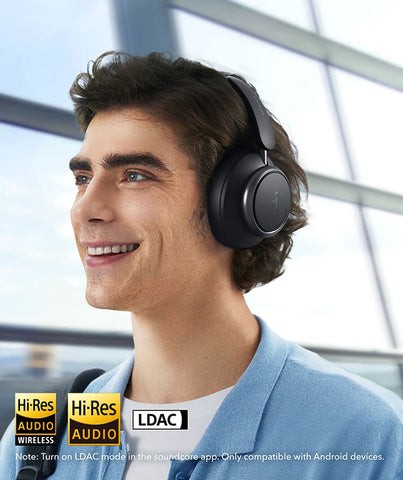Experiencing muffled audio through your headphones can be incredibly frustrating. Whether you’re listening to music, taking a call, or gaming, distorted sound ruins the experience. This guide will explore the common reasons why your headphones might sound muffled and provide actionable solutions to get them working clearly again.
 Headphones with tangled cord, possibly indicating a connection issue
Headphones with tangled cord, possibly indicating a connection issue
Common Causes of Muffled Headphones
Several factors can contribute to muffled sound in headphones. Identifying the root cause is the first step towards fixing the issue. Here are some of the most prevalent culprits:
1. Moisture Damage
Exposure to moisture, from rain or spilled drinks to even high humidity, can damage the delicate internal components of your headphones. Water can short-circuit electrical connections or damage the speaker diaphragms, leading to muffled or distorted audio.
2. Faulty Wireless Connection (Bluetooth Issues)
For Bluetooth headphones, a weak or unstable connection can result in poor audio quality, including muffled sound. Interference from other devices, distance from the source, and outdated drivers can all disrupt the Bluetooth signal.
3. Dirt and Debris Buildup
Over time, earwax, dust, lint, and other debris can accumulate in the earcups and speaker grilles of your headphones. This buildup obstructs sound waves, resulting in a muffled and less defined audio experience.
4. Damaged Speaker Components
The speaker drivers are responsible for converting electrical signals into sound waves. Physical damage to the diaphragm, voice coil, or other internal components can significantly impact sound quality, often causing a muffled or distorted output. Overdriving the speakers with excessively high volume for extended periods can also lead to damage.
How to Fix Muffled Headphones
Now that we’ve identified the potential causes, let’s explore the corresponding solutions:
Addressing Moisture Damage
- Dry them out: Gently wipe the headphones with a cloth dampened with 91% isopropyl alcohol. Then, place them in a container of uncooked rice for at least 24 hours to absorb any remaining moisture. Rice acts as a desiccant, drawing out moisture effectively.
Resolving Bluetooth Connection Issues
- Update drivers: Check for and install the latest drivers for your Bluetooth headphones and your audio source device (phone, computer, etc.).
- Reset Bluetooth connection: Unpair and re-pair your headphones with the audio source.
- Toggle Bluetooth: Turn off Bluetooth on your device for 15 seconds, then turn it back on and try reconnecting.
Cleaning Your Headphones
- Remove surface debris: Use a soft cloth or brush to remove loose dirt and debris from the earcups and grilles.
- Dislodge stubborn debris: Carefully use a paperclip with a small piece of adhesive tape to remove impacted earwax or dirt.
Repairing or Replacing Damaged Speakers
- Professional repair: If you suspect speaker damage, consider taking your headphones to a qualified repair technician.
- Replacement: For severely damaged or older headphones, replacement might be the most cost-effective solution.
Troubleshooting Headphones on Windows and Mac
Windows
- Update audio drivers: Ensure your Windows audio drivers are up-to-date.
- Adjust sound settings: Explore the Sound Settings in Windows to adjust equalization and disable enhancements that might be causing distortion. Consider enabling 24-bit audio quality if available.
- Run the audio troubleshooter: Utilize the built-in Windows audio troubleshooter to automatically diagnose and fix common sound problems.
Mac
- Reset Bluetooth: Turn Bluetooth off and on again in System Preferences.
- Check microphone access: Ensure that applications are not unnecessarily accessing your headphones’ microphone, which can sometimes interfere with audio output. Go to System Preferences > Security & Privacy to manage microphone permissions.
FAQs About Muffled Headphones
How can I make my headphones sound clearer?
Besides addressing the issues above, consider using higher quality audio cables, upgrading earpads, or using a dedicated DAC (Digital-to-Analog Converter) or headphone amplifier.
Why do my headphones sound like they’re underwater?
This typically indicates an issue with bass frequencies being overemphasized. Adjust the equalizer settings on your audio player to reduce the bass levels. Also, ensure a proper seal with in-ear headphones to prevent outside noise from leaking in.
Conclusion
Muffled headphones don’t have to be a permanent problem. By understanding the potential causes and implementing the appropriate solutions, you can restore clear and enjoyable audio to your listening experience. Regular cleaning and careful handling will help prevent future issues and prolong the life of your headphones.